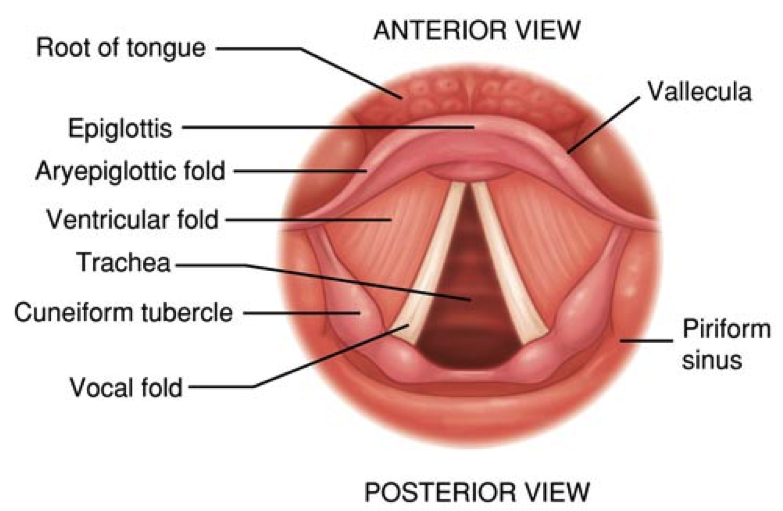Microlaryngoscopy (Vocal cord surgery)
In a microlaryngoscopy procedure, the vocal folds in the throat are observed in greater detail with magnification enabled by microscope or endoscope or video enlargement. A microlaryngoscopy is often accompanied by an additional procedure such as removal of a mass, swelling or tumour that can be done either through using delicate instruments or laser. A microlaryngoscopy can be done as an OPD procedure conducted in the physician’s office. However, most surgeons prefer to perform it in an operating room as it gives better results.
How will I benefit from a microlaryngoscopy?
How does an ENT surgeon perform a microlaryngoscopy?
A microlaryngoscopy is an hour-long (sometimes longer) procedure that’s performed under general anaesthesia. The surgeon first inserts a laryngoscope in the patient’s mouth moving past the teeth and the tongue of the patient to get a clear view of the larynx (voice box) and then uses a microscope or an endoscope to get a magnified view of the vocal cords.
Discharge Information And At Home Advice
•You may have a sore throat for a few days, take the painkiller you would normally have for a headache.
•Follow the manufacturer’s instructions and do not exceed the stated dose.
•Avoid Aspirin, as this can occasionally promote bleeding.
•We strongly advise you to stop smoking as this irritates your vocal cords.
•Avoid alcohol for 3 – 4 days after the operation as this can also contribute to bleeding.


